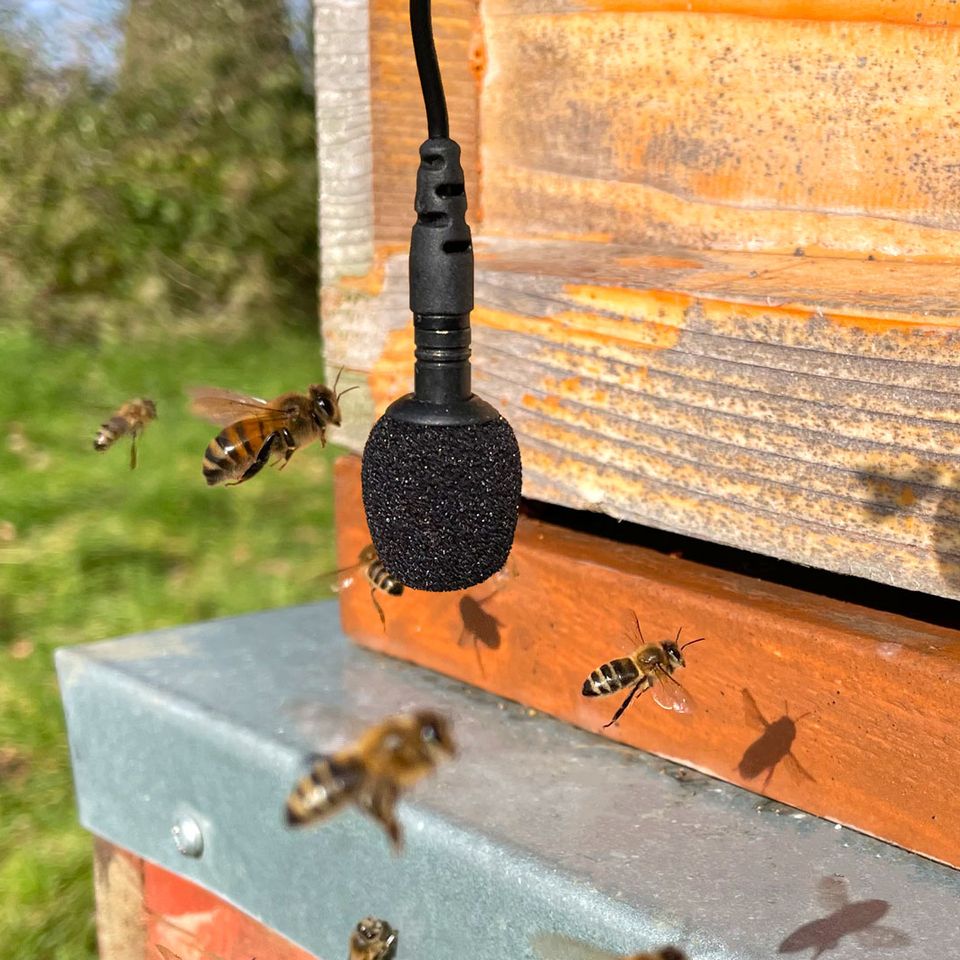
Here at Rowse, we’ve created a buzzing ASMR – or Bee-SMR – track to give you that tingly close-to-nature feeling.
According to research by our Hives for Lives partners at LASI’s Sussex Plan for Honey Bee Health and Well-Being, spending two hours or more in nature every week does wonders for your health and wellbeing.
And now you can experience the buzz of nature at home, just like the people of Slovenia, who use the sounds of bees to relax, due to the stress and anxiety relieving benefits.
What is ASMR?
ASMR stands for autonomous sensory meridian response. It’s a tingly, calming sensation that some people report experiencing when they listen to certain sounds – like tapping, whispering, and crunching.
Not everyone experiences ASMR, but for those who do, they describe a pleasant tingling that starts at the top of their head and sometimes travels down the spine and limbs, accompanied by feelings of blissful relaxation and drowsiness.
If you’ve never experienced it, try out our Bee-SMR track for yourself. Does it leave you buzzing or un-bee-lievably calm?
All about the buzz of the bees
Humming at a wide range of frequencies at the same volume, this Bee-SMR video should help you get a sound night’s sleep. That’s because it’s an ambient audio track with no interruptions, which helps to drown out the buzz of other loud noises while you’re trying to sleep – it could even help you drown out distractions and concentrate on an important task at work.
Amanda John, a Rowse bee farming apprenticeship graduate, says: “I find it incredibly soothing working amongst the many different buzzing sounds coming from the hives every day. The sound a hive makes can help beekeepers understand what is happening in the colony, for example if they have no queen, they make a sort of whooshing noise like a washing machine!
“The bees also make a different sound in the summer compared to in winter. When the bees return to the hive with nectar, they store it in the cells which then needs ripening to honey. They do this by fanning their wings which creates a different sound frequency to cold winter months when they are trying to keep warm by vibrating in a cluster.”



